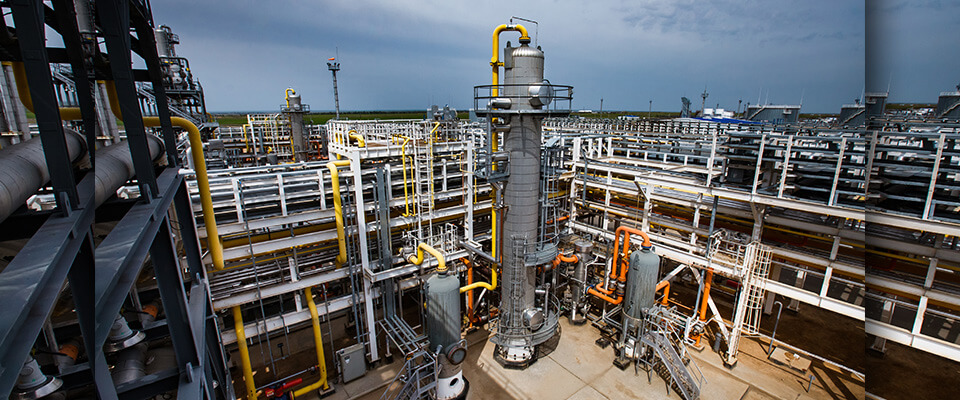While there are a lot of unknowns in the oil and gas industry, demand and the need for gas sweetening aren’t on the list.
Moving the world to green energy sources will take decades and may never be fully adopted. In the meantime, oil and gas companies are looking for ways to cash in. Cost-effective gas sweetening and H2S removal is one way to maximize your profits.
What Is Gas Sweetening, And Why Does It Matter?
‘Sweet gas’ is defined as only having trace amounts of hydrogen sulfides(H2S) and carbon dioxide(CO2), can be found naturally in wells and landfills, and is considered safe and ready to transport or sell.
It’s also just as common to find ‘sour gas’, which isn’t sellable. It must first be ‘sweetened’, which is done by removing hydrogen sulfides, mercaptans, and carbon dioxide from the gas in the sweetening process. This process renders it safe to sell, transport, and use, while also helping to reduce carbon emissions and impact on the environment.
Are Sour Gas And Acid Gas The Same?
Technically, no.
While sour gas and acid gas are often used interchangeably, there are actual differences between the two.
The term ‘acid gas’ refers to any gas that contains high concentrations of a mixture of acidic gases, such as carbon dioxide and hydrogen sulfide, as well as other environmental pollutants such as nitrous oxides.
‘Sour gas’, on the other hand, mainly contains high concentrations of only hydrogen sulfide, which is highly toxic to humans and can be corrosive when mixed with carbon dioxide. In the past, this toxicity has forced people to leave many sources of natural gas untapped, since they had no cost-effective way to make it safe.
How Will Gas Sweetening Change The Market?
Ever-increasing demands for natural gas and other energy sources are causing us to revisit those untapped resources in our search for new supply sources. Even though these resources were historically considered too costly to extract and process, we now have the technology needed to overcome those prohibitive costs and technical hurdles that held us back in the past.
New gas sweetening techniques and materials will allow us to safely and efficiently take advantage of sources and wells written off long ago, while still being cost-effective and environmentally sound in the process.
How Is SJE’s Process Different?
When it comes to gas sweetening techniques and materials, there are several options out there for you to choose from.
Triazine, for example, is one of the materials most commonly used in the gas sweetening process. Just because it’s the most common, however, doesn’t necessarily mean it’s the best solution for your company’s needs.
Triazine’s liquid form means it can be directly injected into the gas stream, or used in a contactor tower, which gives you multiple usage options.
However, it has a relatively low absorption rate and needs a fair amount of contact time with the gas to remove the H2S, so it’s not appropriate for high gas flow rates. It can also create foaming during the removal process and can be corrosive while stored.
If you’re using contactor towers, you’re also going to be using a significant amount of space to store the chemical and the towers themselves.
SJE offers you another option to consider: our patented Brimbsorb adsorbent. Its unique solid-state and spherical shape gives it an ultra-high H2S removal capacity while ensuring that there’s very little pressure drop or channeling in your streams.
Brimbsorb easy to handle, suitable for all sour gas streams, and has a predictable life cycle that makes maintenance much easier. Its high capacity means you can get more done with less product, reducing costs and storage needs, and it produces a clean, bio-friendly end product that’s easy to dispose of safely.
Discover Which Sour Gas Adsorbent is Right for You.
Whether you’re looking to tap into new markets, want to upgrade your existing systems, or just have questions in general, we’ve got you covered. Drop us a line today, and we’ll figure out your next steps together.



